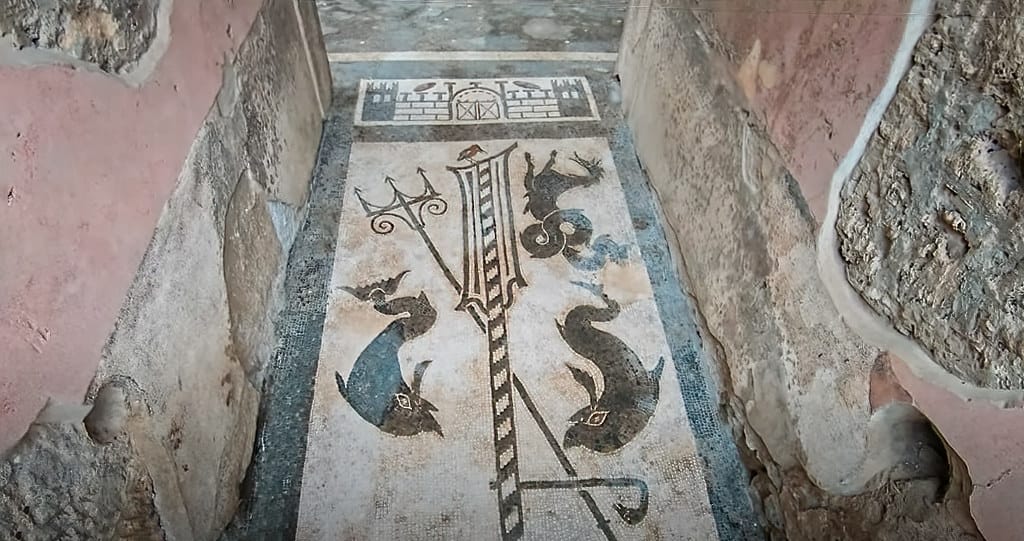After 27 Years, Software Engineer Finally Unlocks Hidden Photo Mystery in Apple's 1993 Power Mac ROM
A decades-old digital Easter egg has finally been cracked open, revealing one of Apple's most elusive secrets from the early 1990s. Software engineer John McMaster recently discovered how to properly display a mysterious photograph that has been hiding in plain sight within the ROM (Read-Only Memory) of Apple's 1993 Power Macintosh computers for nearly three decades.
The Digital Archaeology Discovery
The hidden image, embedded in the firmware of Power Mac 6100, 7100, and 8100 models, had puzzled retro computing enthusiasts and digital archaeologists since its discovery years ago. While the photo's existence was known, attempts to extract and properly display it had failed, leaving only garbled, corrupted-looking data that resembled visual noise more than a coherent image.
McMaster's breakthrough came through meticulous reverse engineering of the ROM's data structure. "I spent weeks analyzing the hex dumps and understanding how Apple's engineers structured the ROM back in 1993," McMaster explained in his detailed blog post documenting the discovery. "The key was realizing that the image wasn't stored in a standard format we'd expect today."
What the Photo Reveals
The successfully extracted image shows a group photograph of what appears to be Apple engineers and developers who worked on the Power Macintosh project. The black-and-white photo captures approximately a dozen individuals in casual 1990s attire, standing together in what looks like an Apple office environment. Some figures are holding early Power Mac prototypes, while others display circuit boards and development hardware.
This discovery adds to Apple's rich tradition of hiding Easter eggs in their products—a practice that dates back to the original Macintosh team, who famously embedded signatures of the development team inside the computer's case.
The Technical Challenge
The photograph's encoding presented unique challenges that explain why it remained properly undisplayed for so long. Apple's engineers used a custom compression algorithm and color palette reduction technique optimized for the limited ROM space available in 1993. The image was stored using a proprietary bit-packing method that required specific knowledge of the Power Mac's graphics subsystem to decode correctly.
"Modern image viewers simply couldn't interpret the data because it wasn't meant to be a standalone file," McMaster noted. "It was designed to be processed by the Power Mac's own graphics hardware using specific memory mapping techniques that were standard in 1993 but are completely obsolete today."
Historical Context and Significance
The Power Macintosh line represented a pivotal moment in Apple's history, marking the company's transition from Motorola 68000 processors to the PowerPC architecture. Launched in March 1994, these machines delivered unprecedented performance for Mac users and kept Apple competitive during a challenging period in the company's timeline.
Hidden team photos in ROM were not uncommon during this era of computing. Similar Easter eggs have been found in various Apple products from the 1980s and 1990s, serving as digital time capsules that celebrated the engineers and developers who brought these revolutionary machines to life.
Implications for Digital Preservation
McMaster's discovery highlights the importance of digital archaeology and the ongoing effort to preserve computing history. As older hardware becomes increasingly rare and obsolete, techniques like ROM analysis become crucial for uncovering and preserving the cultural artifacts embedded within vintage technology.
The successful extraction required specialized knowledge of 1990s computing architecture, custom-built software tools, and access to working Power Macintosh hardware—resources that are becoming scarcer as time passes.
The Broader Easter Egg Tradition
This discovery reinforces Apple's long-standing culture of embedding personal touches and hidden features in their products. From the original Mac team's signatures to hidden credits in system software, these Easter eggs represent a more personal era of technology development when small teams could leave lasting marks on their creations.
Looking Forward
McMaster has made his extraction method and tools available to the retro computing community, ensuring that other researchers can replicate his work and potentially discover similar hidden content in other vintage Apple products. His documentation provides a roadmap for future digital archaeologists investigating ROM-based Easter eggs from the early personal computer era.
This 27-year-old mystery's resolution serves as a reminder that our technological past still holds secrets waiting to be uncovered, and that the intersection of technical expertise and historical curiosity continues to yield fascinating discoveries about computing's golden age.

